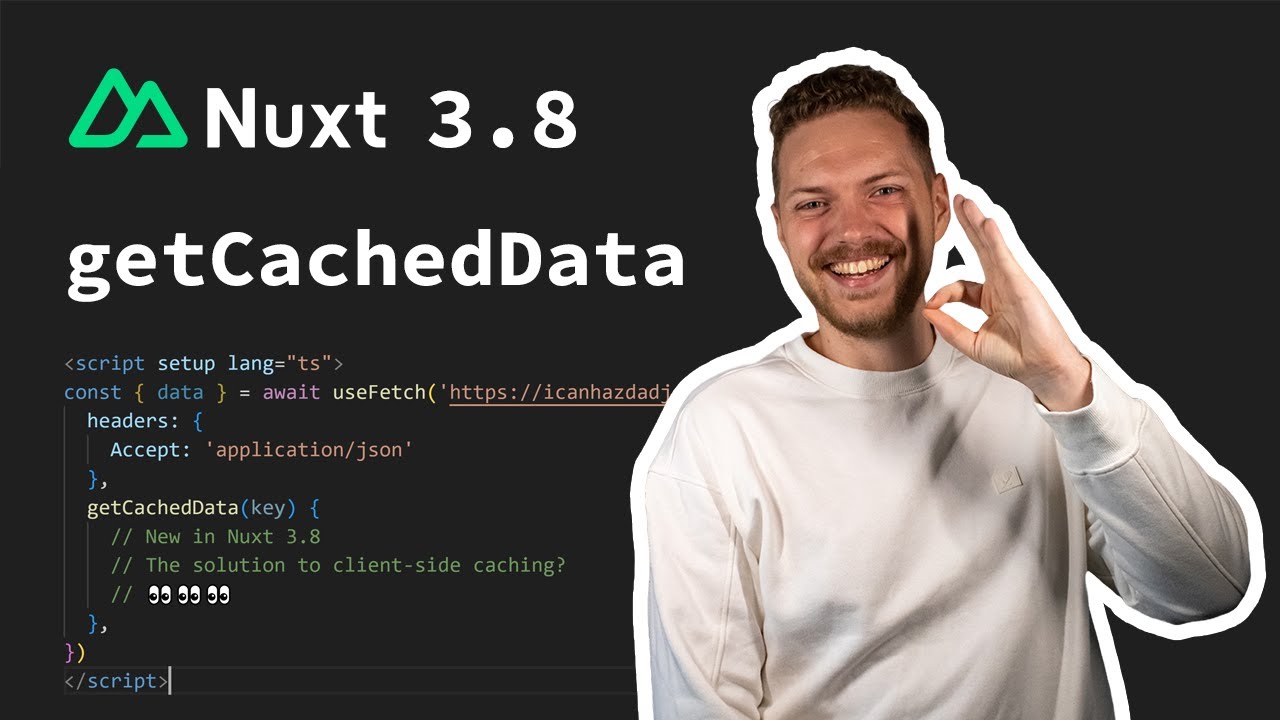AI/ML based Card Payment Fraud Detection on AWS using replicated data from mainframe
Summary
TLDRこのビデオでは、AWS上でAIMLベースのカード詐欺検出ソリューションを構築する方法を紹介します。メインフレームシステム上で動くカード支払い承認アプリケーションは、静的なビジネスルールを使って取引を承認または拒否します。AWSにリアルタイムで詐欺スコアを生成するよう、Amazon Fraud DetectorサービスまたはSageMakerで構築されたAIMLモデルにリクエストを送信するようにアプリケーションを強化します。モデルは、過去48時間の顧客購入履歴や過去24時間の販売者売上履歴などの属性でトレーニングされ、推論時に同じ属性を通して最適なスコアを生成します。ソリューションアーキテクチャをレビューし、顧客がカードをスワイプまたはオンラインで購入を試みると、銀行はメインフレームシステム上で承認リクエストを受け取り、AWS上のプロセスがリレーショナルデータベースから顧客と販売者の履歴を取得し、AIMLスコアリングモデルに提供します。
Takeaways
- 🚀 AWS上でAIMLベースのカード詐欺検出ソリューションを構築する方法が紹介されています。
- 🛠️ メインフレームシステム上のカード支払い承認アプリケーションは、静的なビジネスルールを使用してトランザクションを承認または拒否します。
- 🔄 レガシーアプリケーションは、AWSへのリアルタイム呼び出しを行い、Amazon Fraud DetectorサービスやSageMakerで構築された他のAIMLモデルによって詐欺スコアを生成するように強化されています。
- 📈 モデルは、過去48時間の顧客の購入履歴や過去24時間の売主の売上履歴などの属性を使用してトレーニングされています。
- 🔧 インファレンス時に、同じ属性がモデルに渡され、最適なスコアを生成します。
- 🏢 ソリューションアーキテクチャでは、顧客がカードをターミナルでスワイプしたりオンラインで購入をした場合、銀行はメインフレームシステム上で承認リクエストを受け取り、AWSへのリアルタイム呼び出しを行います。
- 🔑 AWS上で実行されているプロセスは、リレーショナルデータベースから顧客とマーチャントの履歴詳細を取得し、AIMLスコアリングモデルに提供します。
- 📊 スコアが高いほど、詐欺の可能性のあるトランザクションを示します。メインフレームアプリケーションは、他のビジネスルールと組み合わせてトランザクションを承認または拒否する決定を行います。
- 📚 詳細はメインフレームデータベースに挿入され、VSAM、DB2、またはIMSに記録されます。
- 🔄 Precisely Publisherエージェントはメインフレーム上で動作し、ApplyエージェントはAmazon EC2インスタンス上で動作します。Applyエージェントは、Publisherエージェントから受信した生のデータベースログをコピーブックを使用してJSON形式に変換し、Amazon Managed Streaming for KafkaまたはMSKにメッセージを配信します。
- 📈 MSKからのメッセージは、Kafka ConnectプロセスによってMSKから引き出し、RDSデータベースにライトされます。
Q & A
AWS上で構築されたカード詐欺検出ソリューションはどのような仕組みですか?
-AWS上で構築されたカード詐欺検出ソリューションは、メインフレームシステム上で動作するカード支払い承認アプリケーションを強化し、静的なビジネスルールに加えてリアルタイムでAWSにアクセスして詐欺スコアを生成するAIMLモデルを活用しています。
AIMLモデルはどのようなデータを用いてトレーニングされていますか?
-AIMLモデルは、例えば顧客の購入履歴(過去48時間の購入回数)や商人の販売履歴(過去24時間の報告された詐欺件数)などの属性を用いてトレーニングされています。
リアルタイムでのスコア生成において、どのような属性がモデルに渡されますか?
-リアルタイムでのスコア生成においては、顧客と商人の履歴の詳細がモデルに渡され、最適なスコアを生成するのに使われます。
メインフレームアプリケーションはどのようにして取引を承認または拒否する決定を下しますか?
-メインフレームアプリケーションは、AIMLスコアと他のビジネスルールを組み合わせて、取引を承認または拒否する決定を下します。
トランザクションの詳細はどこに記録されますか?
-トランザクションの詳細はメインフレームデータベースに記録され、VSAM、DB2、またはIMSのいずれかになります。
Precisely Publisher AgentとApply Agentはどのように動作しますか?
-Precisely Publisher Agentはメインフレーム上で動作し、データベースログを収集します。Apply AgentはAmazon EC2インスタンス上で動作し、Publisher Agentから受け取った生のデータベースログをJSONフォーマットに変換してAmazon Managed Streaming for KafkaまたはMSKに配信します。
Amazon S3にストリーミングされるデータはどのようにしてAIMLモデルに使われますか?
-Amazon S3にストリーミングされるデータはオフラインでAIMLモデルのトレーニングに使われ、他の内部または外部データソースと共に分析とビジネスインテリジェンスに使用されます。
AWS CloudFormationテンプレートを使用して事前構築されたAWSリソースには何がありますか?
-AWS CloudFormationテンプレートを使用して事前構築されたAWSリソースには、VPC、サブネット、IAMロール、AWS Key Management Serviceなどが含まれます。
メインフレームからのデータレプリケーションソフトウェアはどのように入手しますか?
-AWS Marketplaceからメインフレームからのデータレプリケーションソフトウェアを入手します。Preciselyのデータレプリケーションソフトウェアを検索し、購読ボタンをクリックして購読を完了させます。
Amazon EC2インスタンスはどのように設定されますか?
-Amazon EC2インスタンスは、AWS Marketplaceコンソールから起動し、作成したVPCとサブネットを選択します。また、セキュリティグループとIAMロールも設定し、ユーザーデータスクリプトを用いて必要なソフトウェアをインストールします。
メインフレームへの接続と認証にはどのような手順が必要ですか?
-メインフレームへの接続と認証には、EC2インスタンスで作成された公開キーファイルをメインフレームにコピーし、デモン認証のためにキーファイルに追加する必要があります。
RDSポスターステーブルはどのように作成されますか?
-RDSポスターステーブルは、psqlコマンドを使ってRDSデータベースに接続し、テーブルを作成コマンドを実行して作成されます。テーブルの列はVSAMコピーブックのフィールドに対応しています。
MSKからS3への配信とSNSへの統合はどのように設定されますか?
-MSKからS3への配信とSNSへの統合は、Firehoseを使用して設定されます。Firehoseストリームを作成し、S3バケットを選択して配信先を設定します。EventBridgeパイプを使ってMSKからSNSにメッセージを配信することもできます。
Redshiftの生成SQLを使用して自然言語でクエリを実行する方法はどのようなものですか?
-Redshiftの生成SQLでは、ノートブック内で自然言語でクエリを記述することができます。Redshiftは大規模な言語モデルを用いて、自然言語で記述されたクエリをSQLクエリに変換し、実行結果を提供します。
GitHubで詐欺検出セクションのコードサンプルを見ることができますか?
-はい、GitHubにはビデオスクリプトに基づく詐欺検出セクションのコードサンプルがあります。
Outlines

此内容仅限付费用户访问。 请升级后访问。
立即升级Mindmap

此内容仅限付费用户访问。 请升级后访问。
立即升级Keywords

此内容仅限付费用户访问。 请升级后访问。
立即升级Highlights

此内容仅限付费用户访问。 请升级后访问。
立即升级Transcripts

此内容仅限付费用户访问。 请升级后访问。
立即升级浏览更多相关视频

AI/ML based Card Payment Fraud Detection on AWS using replicated data from mainframe

Building and training ML models with Vertex AI

Integrating Azure AI and Microsoft Fabric for Next-Gen AI Solutions | BRK103

Nuxt 3.8 - Client-side caching with getCachedData ✨

Best Practices for GenAI applications on AWS - RAG pipeline Eval - Part 3 | Amazon Web Services

3 Ways To Make $10,000/month as a Music Producer
5.0 / 5 (0 votes)
